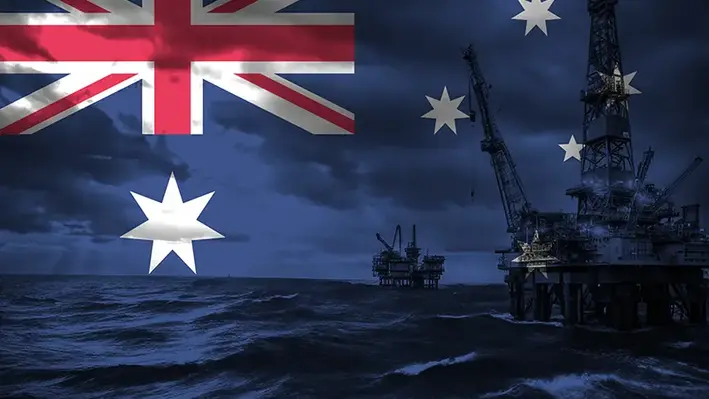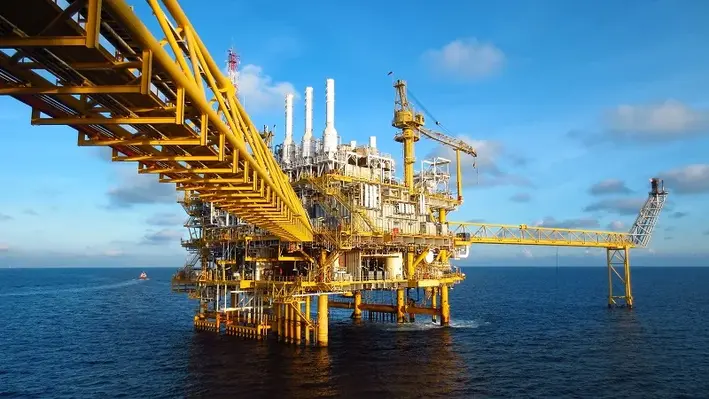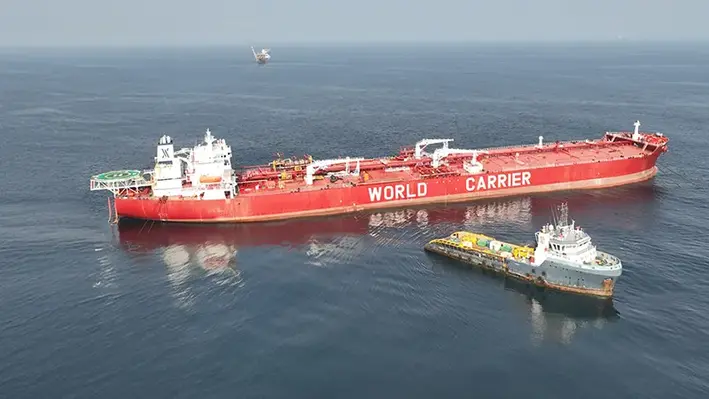 ExxonMobil has released a new information document on its Gippsland Basin decommissioning activities, inviting feedback and consultation from stakeholders.
ExxonMobil has released a new information document on its Gippsland Basin decommissioning activities, inviting feedback and consultation from stakeholders.
The latest bulletin focuses on Stage 2 of the Gippsland Basin Decommissioning Campaign #1 programme, covering transport, offloading and set-down.
Esso’s planning and preparation to remove non-producing platforms during Decommissioning Campaign #1 is well underway, the document notes.
This includes activities such as the removal of the topsides and supporting steel jacket structures of up to 13 facilities by a heavy-lift vessel (HLV) or construction support vessel (CSV).
The HLV or CSVs will then transport the topsides and steel jackets to a sheltered location closer to shore, within Commonwealth waters (referred to as the transfer area), where they will be transferred onto a heavy transport vessel (HTV) or barge with tugs.
They will then be transported from the transfer area, through existing Corner Inlet shipping channels, before mooring at the Barry Beach Marine Terminal (BBMT) and subsequent offloading and set-down at an Onshore Reception Centre (ORC) within BBMT. Removal, transit and offloading is expected to take around four months.
After set-down at the ORC laydown areas, a dismantling and recycling contractor will dismantle the structures, during which materials will be segregated and sent offsite for recycling or disposal. Dismantling onsite is expected to take between two to three years to complete with a target of recycling over 95% of the material.
The new information bulletin expands on the detailed planning activities and environmental studies currently underway in support of Stage 2, which includes transportation of structures through Victorian State waters and subsequent offload and set-down at the ORC. This is expected to be BBMT, an existing port facility owned by Esso that has been part of South Gippsland’s industrial history for over 50 years and well placed to support decommissioning efforts.
Stage 3 of the decommissioning programme entails the onshore dismantling operations at the ORC.
Stage 1: ORC Early Works (site readiness)
Stage 2: Transportation and offloading operations at the ORC
Stage 3: Onshore dismantling operations at the ORC.
Esso noted that it has received regulatory permissions for Stage 1 from relevant authorities and is now undertaking planning and technical studies for future stages.
Pending regulatory decisions and further public consultation, Stage 2 operations at the ORC are anticipated to commence from September 2027, it added.
This Stage 2 work, including the transportation of structures from the Victorian State waters limit through existing Corner Inlet shipping channels to BBMT via the HTV or barge, will involve approximately 26 marine vessel transits to BBMT, planned between September 2027 and January 2028 (one every five days on average). The HTV or barge will be accompanied by tugs to ensure safe navigation.
Work will also include the offload of structures from the HTV or barge with tugs and set-down within the ORC using self-propelled modular transporters; the refit of structural supports on the HTV or barge with tugs after offloading to prepare for subsequent loads; and short-term storage of structures at the ORC prior to commencement of Stage 3.
Esso also highlighted numerous ways of minimising environmental impacts during the process, notably given the ORC’s proximity to Corner Inlet, an internationally recognised wetland that supports a range of sensitive marine habitats and ecosystems.




